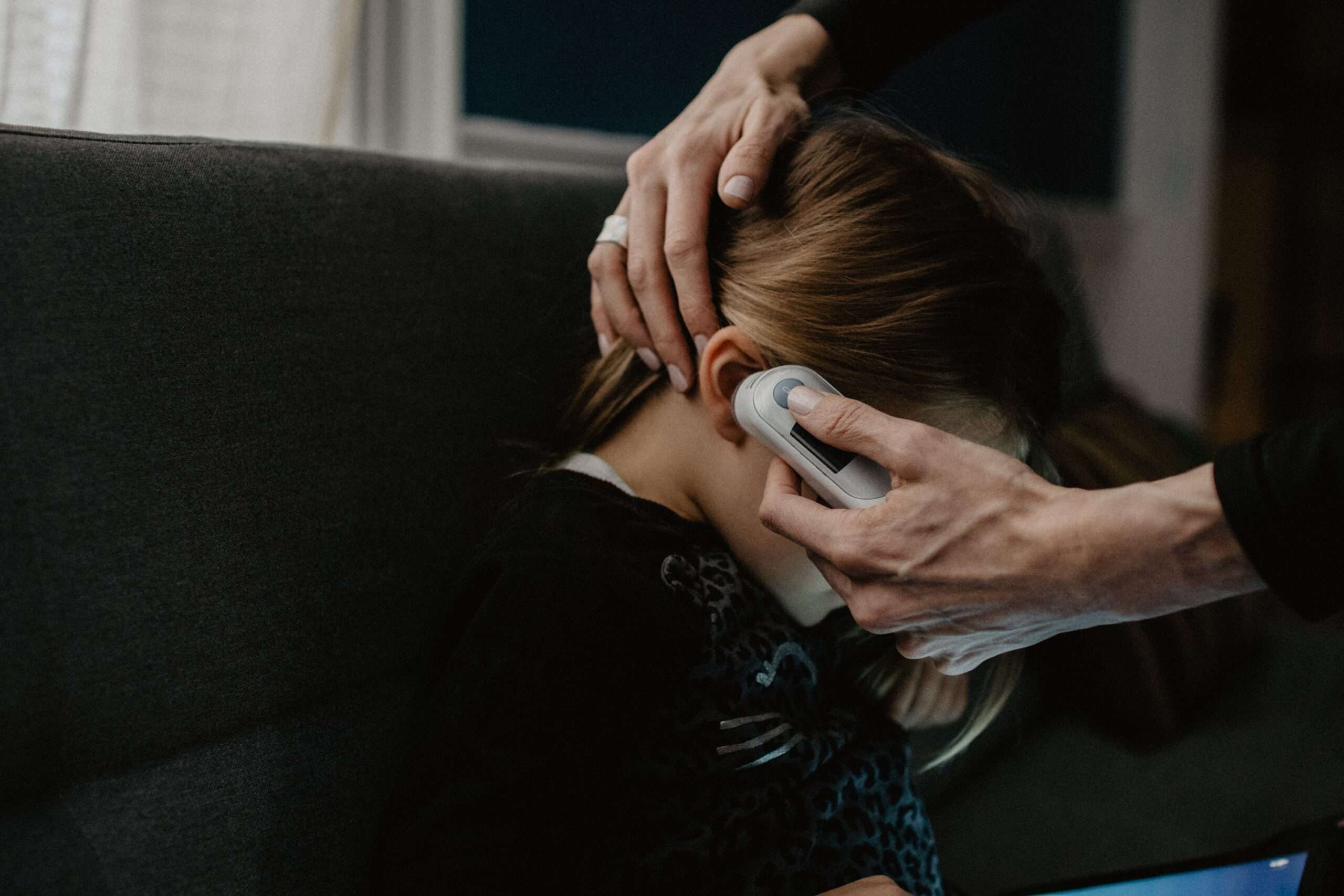How To Prevent The Transmission of Diseases When Your Family Is Sick (7 foolproof ways)

Diseases have plagued our world for many years. From highly infectious viral diseases like smallpox and Coronavirus to less infectious diseases like malaria, there has always been a need to treat sick individuals while preventing the transmission of the diseases.
Catering to sick family members can take a toll on you, but it is essential that you stay healthy while caring for sick family and friends. In this article, we will discuss some of the best ways that you can stay healthy while living with or caring for a sick family member. Keep reading to find out.
7 foolproof ways to prevent the transmission of diseases when your family is sick
1. Wash your hands
According to the Centre for Disease Control, about 1.8 million children aged five and below die from diarrhea and pneumonia. These two diseases are primarily spread through contaminated food touched by infected hands. Hand washing can prevent the transmission of diseases caused by eating contaminated food.
When an animal or human feces gets on the hands, it becomes easy to reach surfaces that can quickly get to the mouth and cause disease. Washing your hands with soap and running water for about 30 seconds can eliminate most disease-causing germs.
Whether you are the one taking care of a sick family member or not, Remember always to wash your hands to avoid getting infected. Most importantly, wash your hands whenever you want to eat or drink.
For handwashing to be effective, it has to be done using soap under running water. First, wet your hands and apply soap lather and rub together for 20 seconds; also, pay special attention to your fingers and fingernails. Rinse your hand thoroughly with clean water and dry with a clean napkin.
2. Frequently clean surfaces
Microorganisms are always flying around in the air. Disease-causing organisms could end up settling on surfaces, making it easier for these diseases to spread. Touching infected surfaces and also touching your mouth, nose, eyes, or even your skin without washing your hands increases the chances of an infection increase.
When catering to sick people in your home, ensure you clean all surfaces as regularly as possible. Cleaning and disinfecting with soap and water helps to remove germs. In cases where the disease is highly contagious, you can disinfect surfaces using bleach solutions after cleaning. Disinfecting helps to kill microorganisms that remain on surfaces after cleaning.
Pay special attention to commonly used surfaces such as light switches, door handles, fridge handles, tap heads, and chairs. If you have a child in the house, ensure all cleaned surfaces are dry before letting them roam freely to reduce the risk of poisoning. Also, remember to clean their toys while following appropriate measures.
3. Maintain a healthy diet and lifestyle
A strong and healthy immune system can keep diseases at bay by ensuring that your antibodies are ever ready to fight off invaders. One great way to maintain a healthy immune system is by eating fresh, nutritious food and exercising regularly.
The World Health Organisation states that a healthy diet consists of vegetables, legumes, fruits, nuts, and whole grains. Reduction in processed foods high in transfat reduced salt intake, and healthier fat options such as avocado also help to maintain a healthy diet that can positively affect one's immunity.
These foods rich in vitamins and minerals can help give your body a fighting chance when caring for sick family members around your home. Citrus fruits are particularly rich in vitamin C and help the immune system function optimally in the event of the flu.
You are most likely to reap the benefits of a healthier immune system through eating healthy food and exercising if you make it a lifestyle. Having just one nutritious meal in 3 months won't magically make your immune system a soldier.
4. Limit contact with the sick
Limiting contact can be achieved when you quarantine sick individuals. Quarantining has proven to be one of the most effective ways to prevent the transmission of diseases during outbreaks or pandemics. Quarantining means confining the sick or high-risk individuals to a particular space where they are monitored and/or nursed till they are certified uncontagious.
You can quarantine a sick family member in a separate room where they can get adequate care, such as food and medicine, while they recover. This can help reduce your contact with the sick person by half, thereby reducing your chances of also getting infected.
5. Wear protective clothing
We talked about quarantining earlier, which is directly linked to wearing protective clothing. Chances are, if you have a sick relative or friend at home, you could step in as a caretaker once the nurse has left to deliver medication (if necessary). You'll be the one to serve their food, help them with baths, and clean their room.
Doing these things for someone who has an infectious disease could expose you to the disease. Ensure that you wear appropriate protective clothing to reduce your risks of getting infected. Gloves provide a barrier between your hands and infected surfaces, while masks can prevent you from inhaling disease-causing microbes. You can also avoid touching your face by wearing a mask.
In more severe outbreaks, It may be necessary to use additional protective clothes such as disposable overalls.
6. Ensure proper ventilation of enclosed spaces
Through the removal or dilution of airborne droplets, ventilation can lower the concentration of airborne infections. Higher ventilation can offer a greater capacity for dilution, which may ultimately lower the danger of airborne illnesses.
Enclosed spaces like bathrooms quickly breed diseases as microbes move around freely without much room for escape. These microbes settle on surfaces and are reintroduced to the air again when disturbed. Ventilating these areas can help reduce the concentration of microbes in the air. This can prevent the transmission of diseases and is particularly paramount when you are sharing these spaces with a sick family or friend.
Leave windows open before and after using the bathroom for proper aeration. This way, your chances of getting infected can be reduced due to less concentration of disease-causing microorganisms.
7. Maintain good bathroom and toilet hygiene
Bathrooms and toilets are one of the most preferred places for microorganisms to breed. This is because they are often moist and warm and offer conducive spots for breeding. This is why it is important that you maintain maximum hygiene in the toilet and bathroom.
It could be that you have designated one bathroom/toilet for the sick person in your home. It could also be that you have to share with them. Whichever it is, cleaning the bathroom and toilet properly and regularly will help reduce your risk of getting infected. A bonus is that it can also reduce the chances of the sick person getting reinfected after they become well.
You can practice good bathroom/toilet hygiene in the following ways:
- Use motion-sensitive fixtures if you can afford them. This means you won't have to touch dispensers, tap heads, or door knobs. This can drastically reduce your chance of infection.
- Wash and disinfect the bathroom and toilet regularly with appropriate cleaning agents.
- Consistently close the toilet lid when flushing the toilet. Leaving it open could cause disease-causing microbes from feces to fill the air.
- Make it a routine to wash your hands right away after using the restroom.
Conclusion
Living with a sick family or friend can be physically and emotionally stressful. Even more stressful is having to take care of them while sick.
If you ever find yourself in such a situation where you have to become a caregiver to a sick family or friend, following the steps listed in this article can help you stay healthy while doing so.






